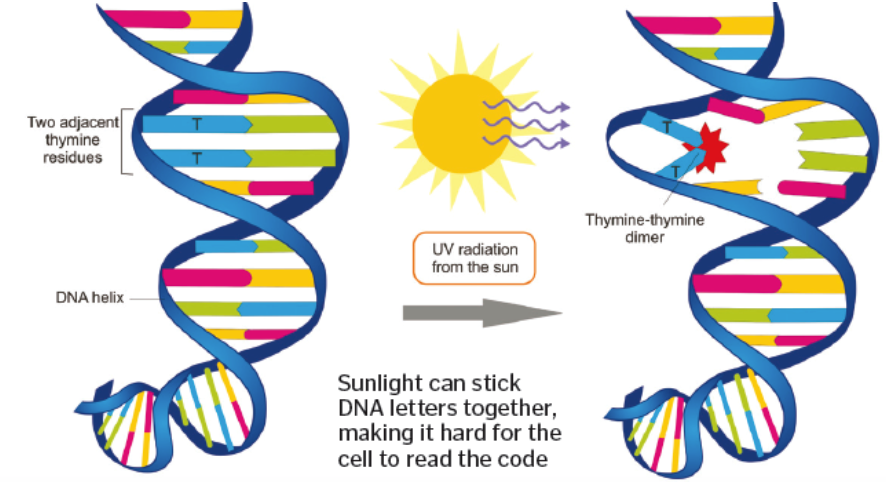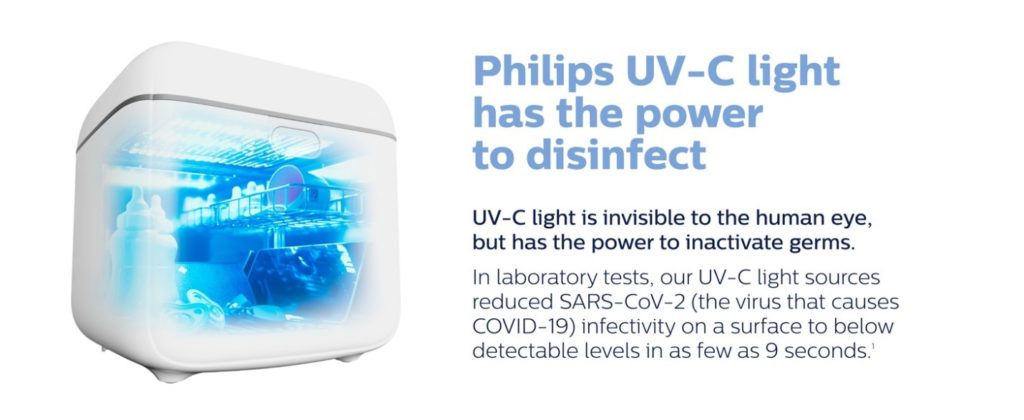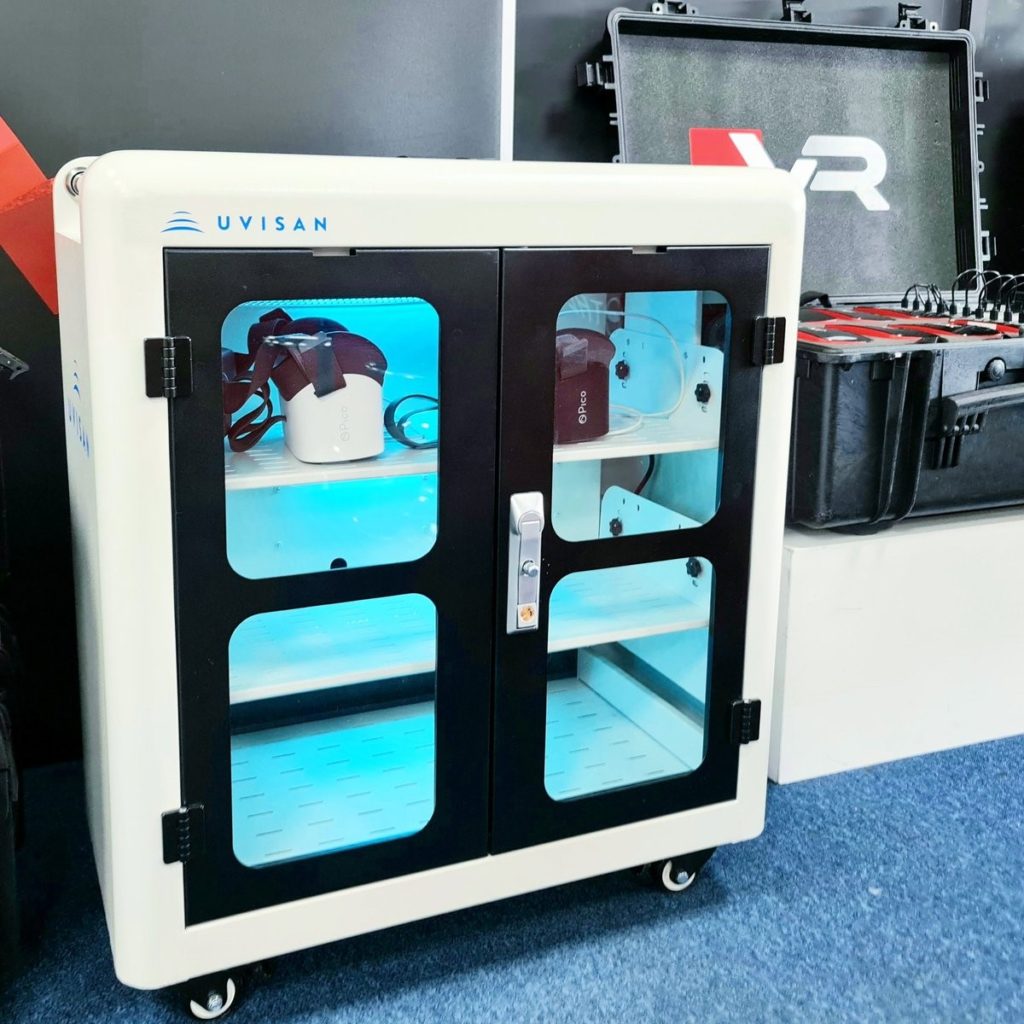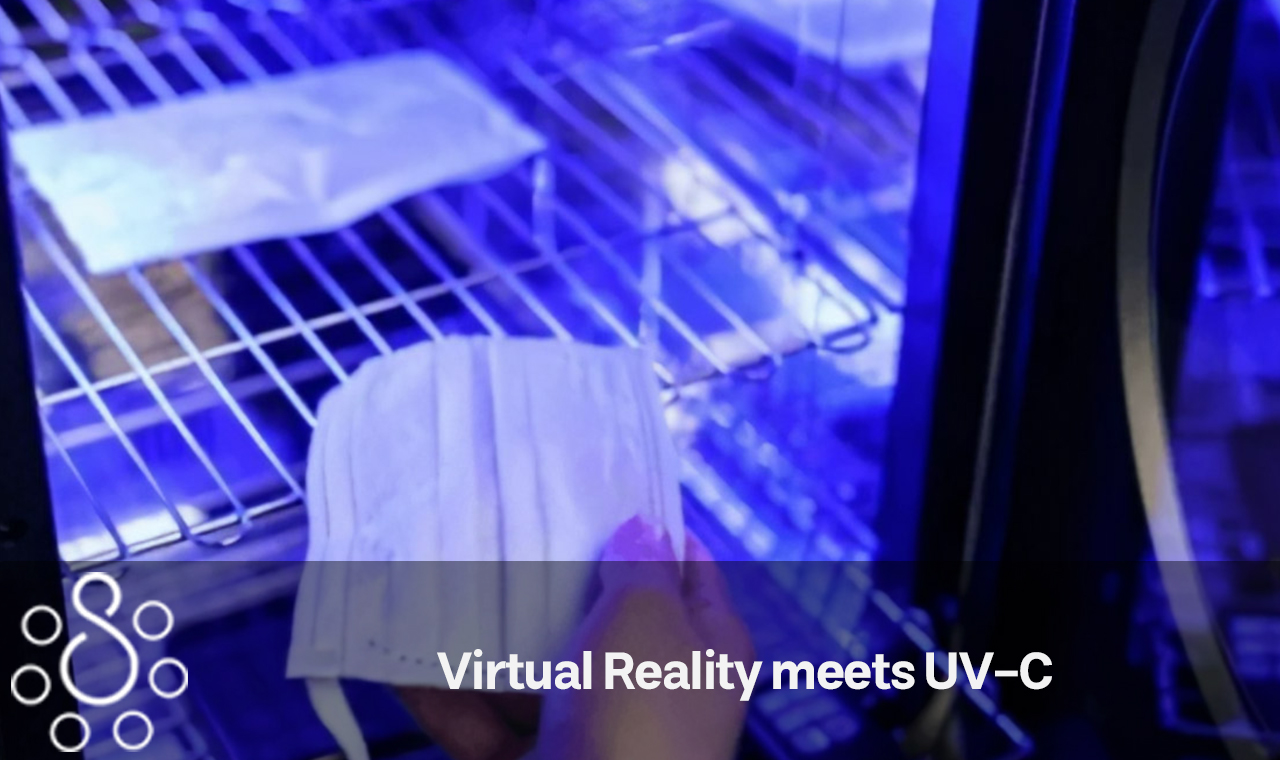Signify enables Indian gamers to explore new worlds without worrying about their personal safety. As you make your way down the Hockenheim course in your AMG, you can feel the pressure building up as the g-forces push you further into the seat as you attempt to stay one step ahead of the other drivers. In a different region, one of your closest friends is battling aliens while exploring the deep interior of an abandoned space ship, while another is skiing in the Alps. Before, as you came in, you also witnessed players at the St. Andrews Old Course hit a golf ball so far into the distance that it disappeared beyond the horizon. Despite this, all of this can be found in the middle of the city of Gurgaon, which is located in India. What kind of a scenario is that? It is the pinnacle of technologically advanced simulation. One of the most stimulating and fun ways to relax and amuse oneself is to participate in multiplayer video gaming. After all, what could be a more effective method to momentarily escape the current world than to live out your dreams by being a rally racer, a demon slayer, or even an overzealous Italian plumber? Follow us to find out how virtual Reality meets UV-C.

The escapism and immersion offered by video games are about to be taken to a whole new level thanks to virtual and augmented reality. These technologies make it possible for players to not only play as the protagonists but truly “be” them as well. Many people who are interested in virtual reality (VR) find that it brings them joy for a variety of reasons, including the immersive environments, the captivating narratives, and the sense of accomplishment one gets after winning a match. We are all aware that happiness is enhanced when it is shared with loved ones and friends.
This is where Microgravity, India’s most comprehensive augmented reality and virtual reality experience facility, comes into play. Friends and family may enjoy playing video games together in its spacious gaming arena while taking advantage of the most recent virtual reality (VR) equipment and technology. But given that COVID-19 is still a possibility, how are players supposed to feel secure in their own safety while they play at a location that is accessible to the general public?
Microgravity’s goal was to comfort its clientele by using both traditional and cutting-edge technology in its service delivery. Microgravity approached Signify in need of an additional disinfection service that would take advantage of the most recent advancements in UV-C disinfection lighting technology. The company’s goal was to reduce its reliance on potent chemical disinfectants in order to achieve virtual reality meets UV-C.
Related Article: Differences between UVA, UVB, and UVC

Virtual reality arcades are a relatively recent addition to the retail malls and high streets of the United Kingdom. You can now find yourself fighting off zombies in a post-apocalyptic wasteland with your mighty lightsaber, exploring unknown galaxies with your almighty lightsaber, or for the less adrenaline-centered, relaxing on your own private beach all before a McDonald’s and a wander around H & M. This is what it means to head out to the shops now. As a result of the increase in development of VRtechnology, VR arcades are now able to provide completely immersive Virtual Reality experiences, the likes of which we had previously only dreamt of, in more accessible areas than we ever imagined possible as a result of the increase in development of VR technology. Then there was COVID.
It’s possible that stating the obvious isn’t the best way to convey the gravity of the situation, but location-based VR experiences face an existential danger because of COVID. It’s hardly surprising when you consider that the entire idea revolves around strapping something to your head and then passing it on to the next willing participant as quickly as possible. The warm and wet environments that are formed on our heads are ideal breeding grounds for viruses and bacteria, and the close proximity of our eyes, noses, and mouths makes it probable that infections will be spread from one person to another. Rush VR was not an exception when it came to the inevitability of the closure of VR arcades. After that, the problem was figuring out how to open in a secure manner and how virtual reality meets UV-C while still adhering to government requirements.
The DNA and RNA of mold, bacteria, and viruses may be destroyed by illumination that emits UV-C radiation. 1 UV-C lighting from Signify is able to kill viruses such as SARS-CoV-2, the virus that causes COVID-19, since it has a wavelength of 254 nanometers and operates at that frequency. The National Emerging Infectious Diseases Laboratories (NEIDL) 2 at Boston University carried out research in the year 2020 that proved the efficacy of the UV-C light sources manufactured by Signify in the inactivation of SARS-CoV-2.
In further experiments that were carried out by NEIDL in 2021, it was discovered that the versions of the virus found in Kent, the United Kingdom, and South Africa were likewise sensitive to inactivation by UV-C radiation. The most recent findings are encouraging in terms of the potential to eradicate the delta variety, which was responsible for widespread infections in India.
Related Article: How to use a UV sterilizer box

In what ways is Signify contributing to microgravity?
After Microgravity’s clients have finished their business for the day, a specialized team from Signify will begin their job. The 10,000 square foot arena has UV-C disinfection carts manufactured by Philips that are utilized five days a week to sanitize the flooring, walls, and apparatus in the space. The cycle of disinfection is only carried out when there are no other people in the immediate area. This is due to the fact that direct contact with UV-C light sources may cause harm to the eyes and skin of humans and other animals. In addition, the employees at Microgravity make frequent use of UV-C disinfection chambers manufactured by Philips in order to sterilize various items, including gaming equipment. The chambers, which are designed to look like microwave ovens, are simple and risk-free for the microgravity team to operate. This can be a methos so that virtual reality meets UV-C.

The issue at hand
The issue with the expense is where the true difficulty resides here. Because of the high cost of the headsets (about £900 per unit), it is not feasible to simply increase the number of headsets that are already in stock in order to reduce the amount of time needed for the turnaround process. Because there is just not enough money, that option is now unavailable to us. What about wipes? Are they anything that would be useful in this situation? Actually, the answer is no; it is just not feasible to be certain that you are destroying enough of the virus with wipes (you can read more about this here), and even if it could, doing so would actually do harm to the headsets even if it were successful. Keep in mind that these headphones include lenses, and that, despite their name, they are not waterproof. As soon as any moisture makes its way inside, you should expect major damage to take place. The less costly option suddenly seems to be the most expensive one.
“Virtual Reality meets UV-C”
There are several UVC cleaning products available on the market; would you recommend using them? The major competitor is the Clean Box, which is a remarkable device that performs an excellent job despite the fact that it was not intended to be used for mass disinfection. It is of the utmost importance to have a rapid turnaround, especially for groups, since downtime is quite expensive, and this is necessary for location-based virtual reality to function in a manner that is financially feasible. Having periods of downtime that are at least 30 minutes long renders the business model simply unviable; the only viable alternative is to purchase a “Clean Box” for each headset. In case you were wondering, the total cost of this would be more than 14,000 pounds for eight headsets. That alternative is completely off the table.
Uvisan
As it turned out, immotion had already created a solution to this issue prior to Covid by making use of their own experiences and putting them to good use. As was said previously in this article, virtual reality headsets are environments that may encourage the development of a wide variety of germs and viruses. As a result, this problem existed even before any of us had any idea what a coronavirus was. Imagine a place that receives a high volume of tourists, like Las Vegas, which draws individuals from all walks of life and all parts of the world to a single site. If you were in the midst of the Nevada desert at the conclusion of a long day when it was very hot, how comfortable would it be for you to put on a shared headset? In a nutshell, the UV cabinet was invented, and in response to the Coronavirus, the Uvisan brand was established as an independent UVC disinfection product.
Related Article: Are UV sanitizers effective? What You Should Know Before Making One

This was clearly a huge benefit for VR-Here, since the cabinet had been designed expressly for VR headsets. This allowed them to solve the precise issue that they had been struggling with. The cabinets were purchased and installed right away, with outstanding results; the following is a condensed version of those findings:
Covid Secure is the first and most crucial feature to consider since it ensures that the data is not compromised. There are a lot of advantages to be gained from cost savings, procedural changes, and other optimizations that will follow, but the major purpose was to prevent the spread of the virus and provide a safe environment. This was of the utmost importance and was the primary focus. The introduction of Uvisans UVC cabinets was a crucial component of this process.
It just takes five minutes to disinfect fifty headsets, which keeps downtime to a bare minimum and speeds up the turnaround time. a necessary condition for assuring the continued financial viability of the company.
Mobility: The fact that Uvisan cabinets can be moved around easily is one of the most significant advantages they provide. They are great for vast areas as well as tethered devices since they may be pushed around the arcade to wherever they are required next.
Battery operated: This method is quite similar to the one described before, with the exception that there is no need to plug in the cabinet when it is relocated to its new place. The cabinet can be rolled about wherever it is needed; headsets can be loaded, cleaned, and charged without the need to continually search for an outlet; and the cabinet itself can be moved.
Access panel: the vast majority of the headsets are secured to various pieces of apparatus and bolts of protection. The architecture of the Uvisan system makes it possible to put headsets into the cabinet while the headsets stay connected. This can be done in a manner that is fully safe while still allowing for disinfection to take place. This makes things even more convenient and user-friendly than they already were.
The cabinets may be quickly put to use with very little training since the operational component of the cabinets is self-explanatory, which allows for an instantaneous change in the operational process.
Recharging: Virtual reality headsets run on batteries and need consistent recharging at regular intervals. It was now possible to store them in a safe cabinet that would simultaneously charge and sanitize them, so there was no longer any need to worry about detaching them from any tethers.
These are the methods that can help virtual reality meet UV-C.
related article: What Is a Toothbrush Sanitizer?

